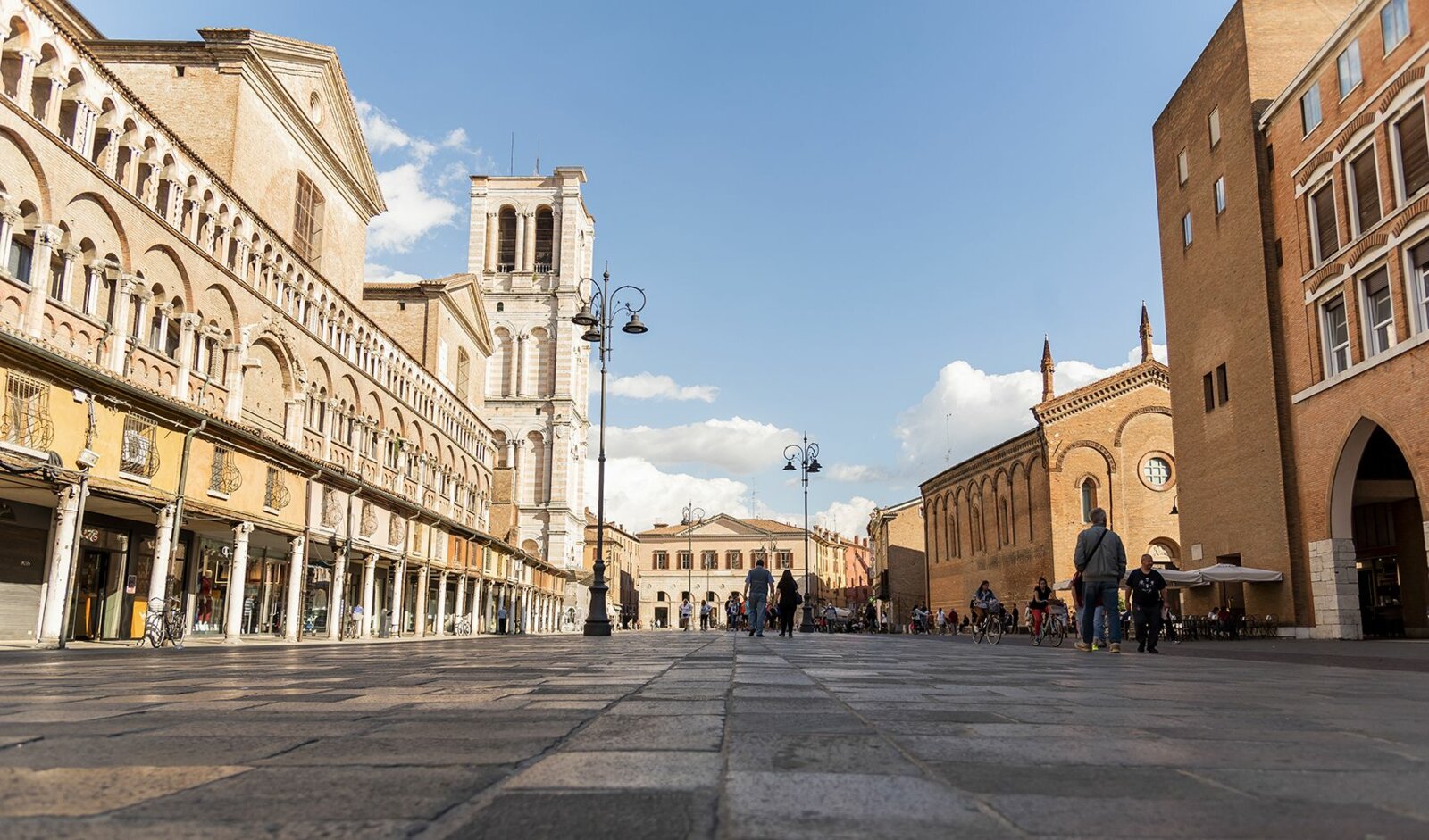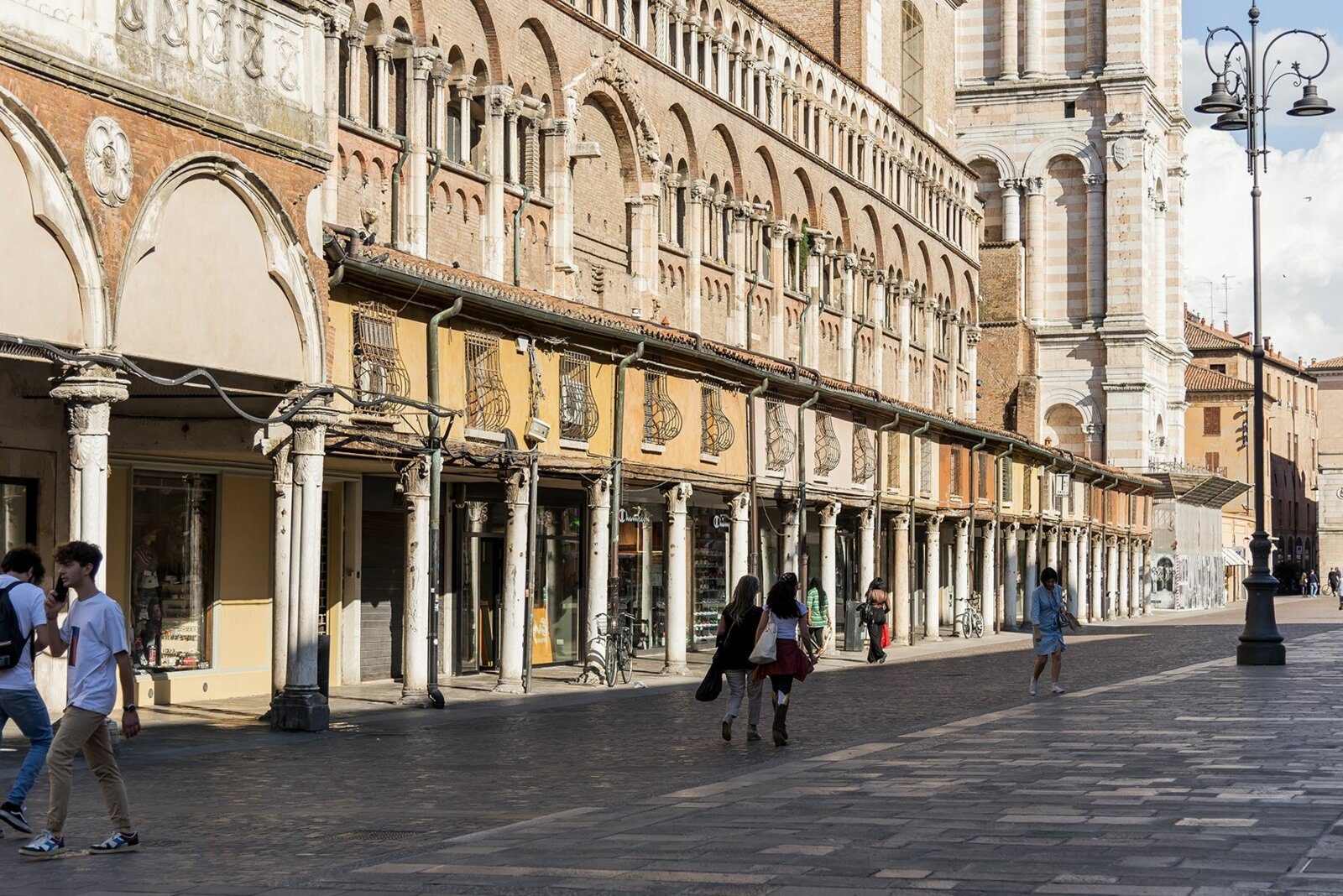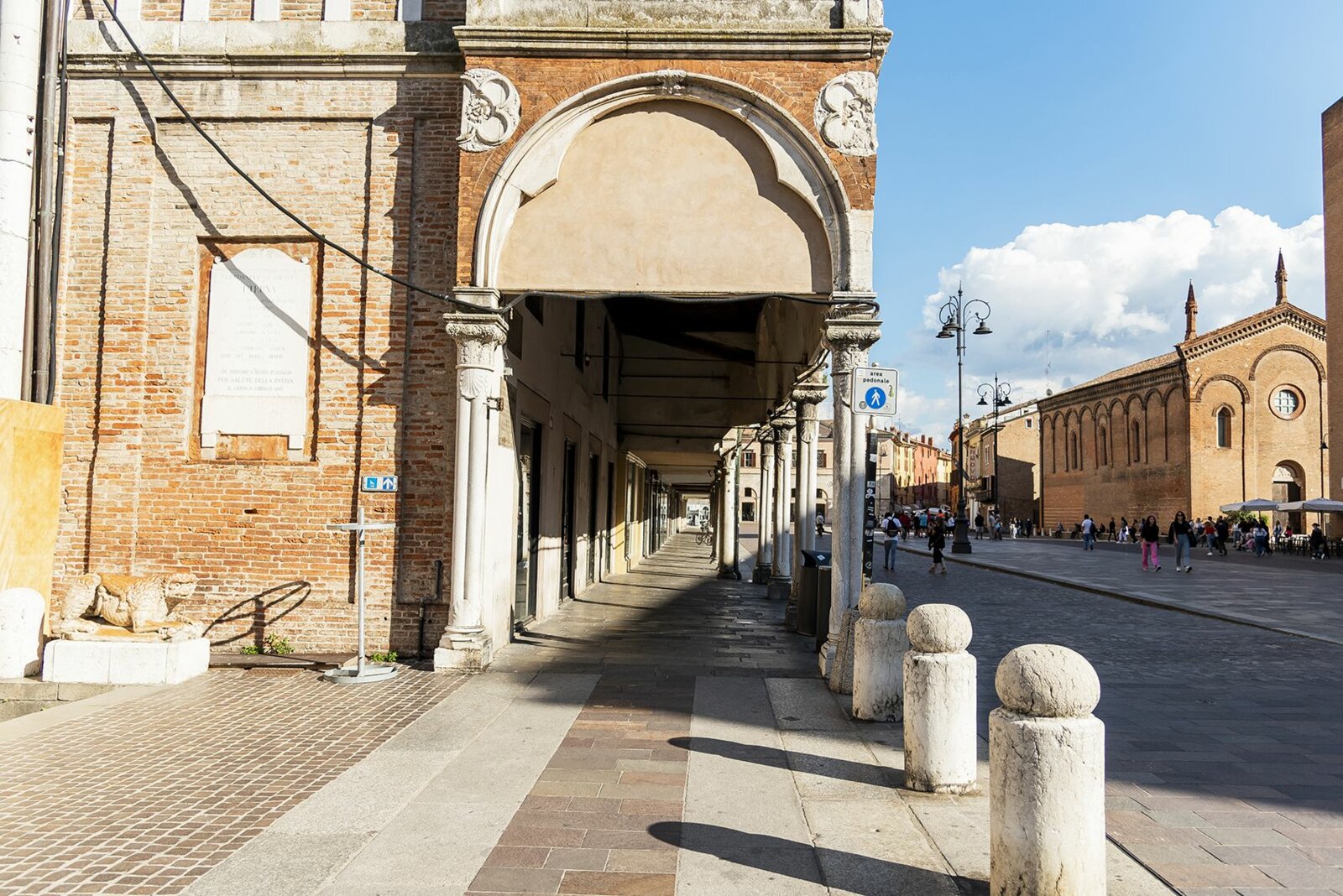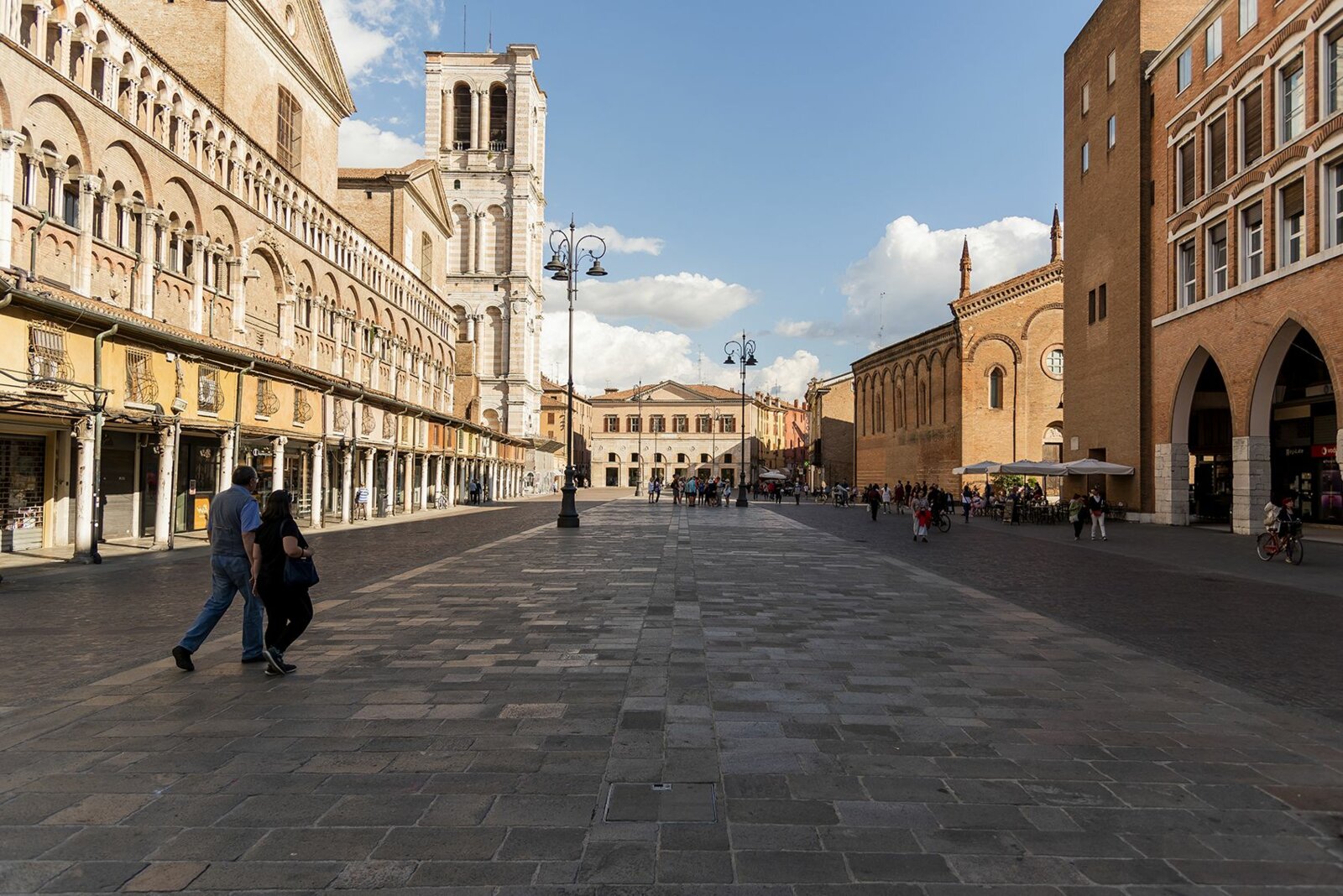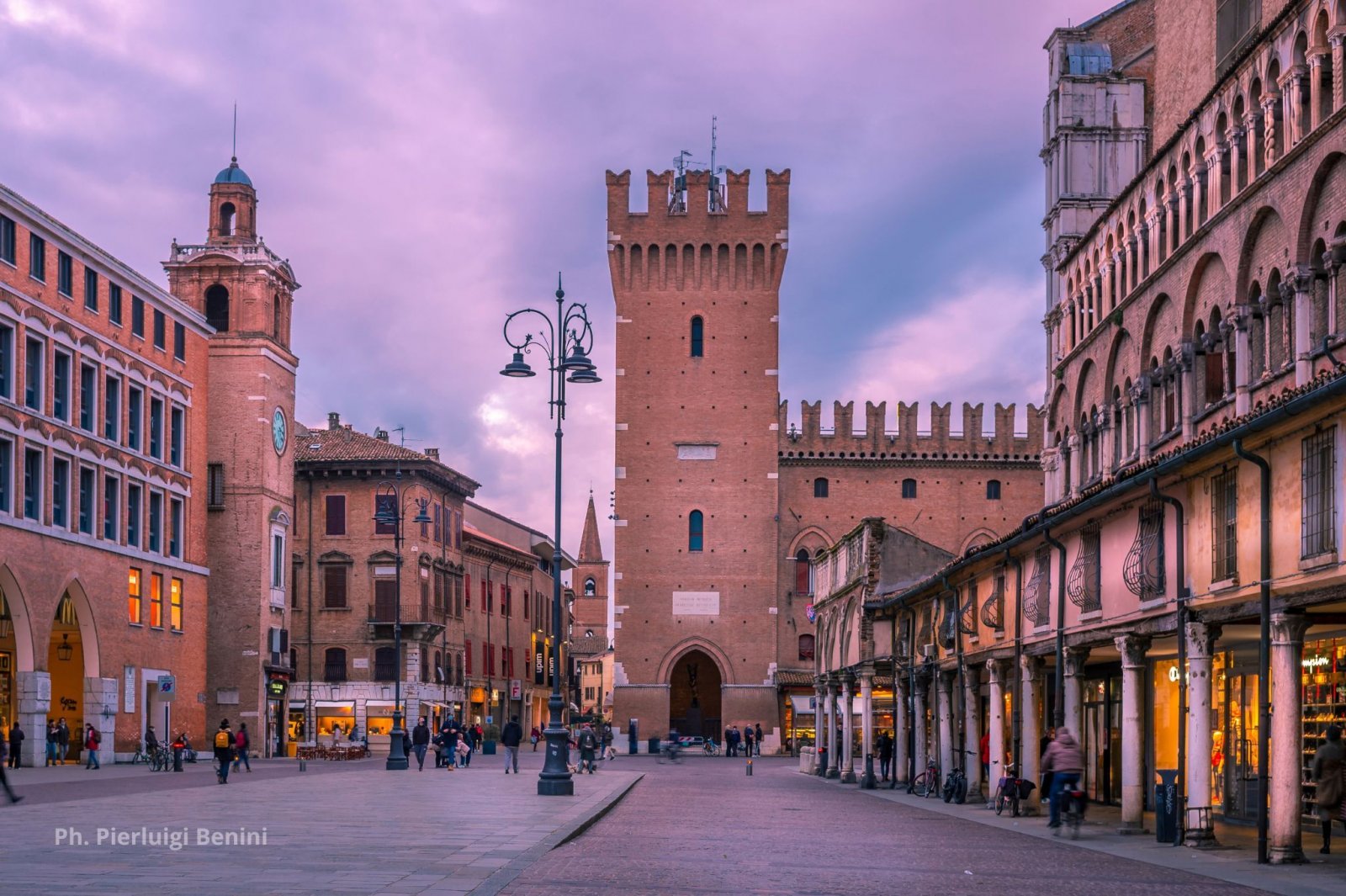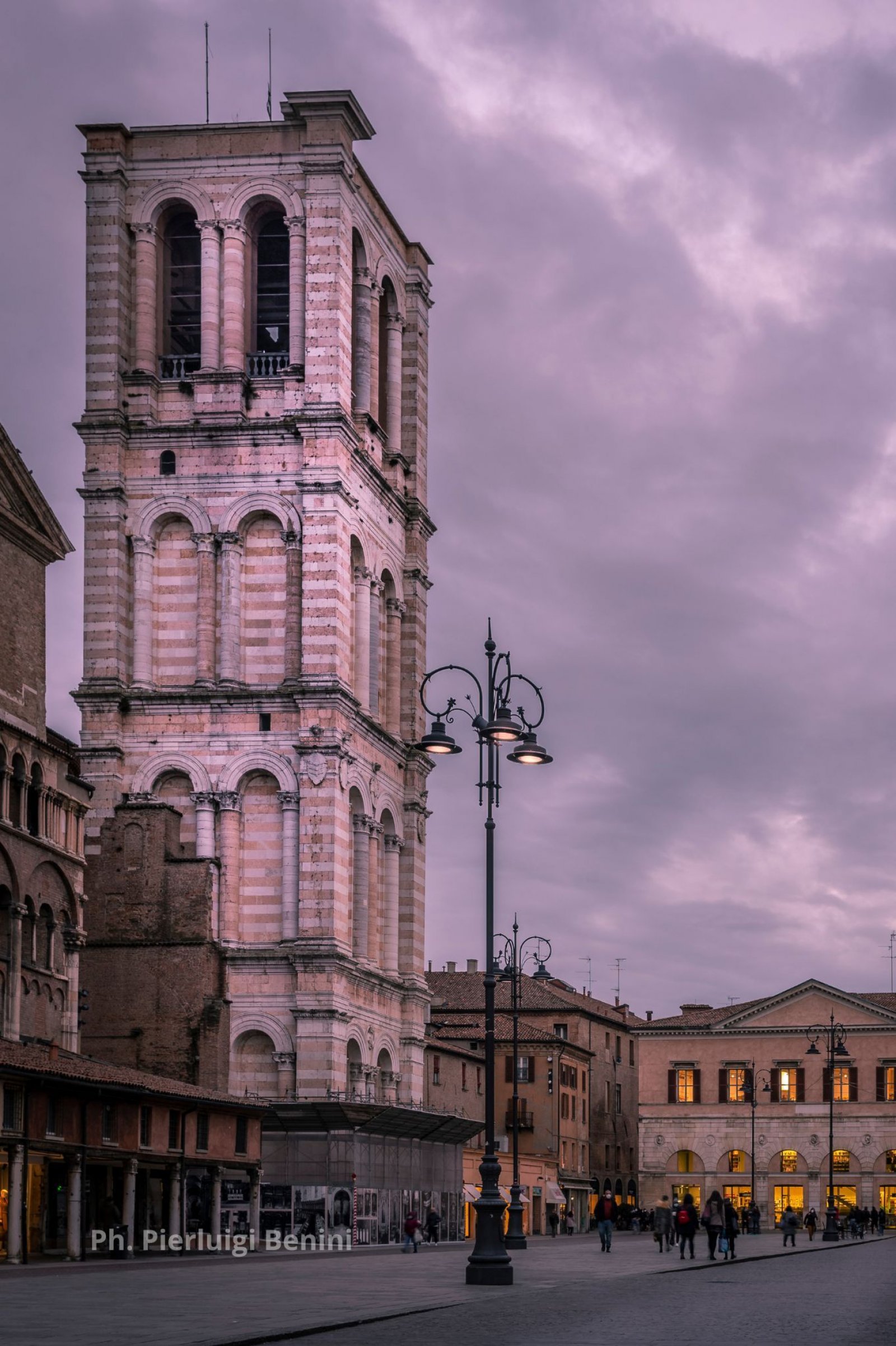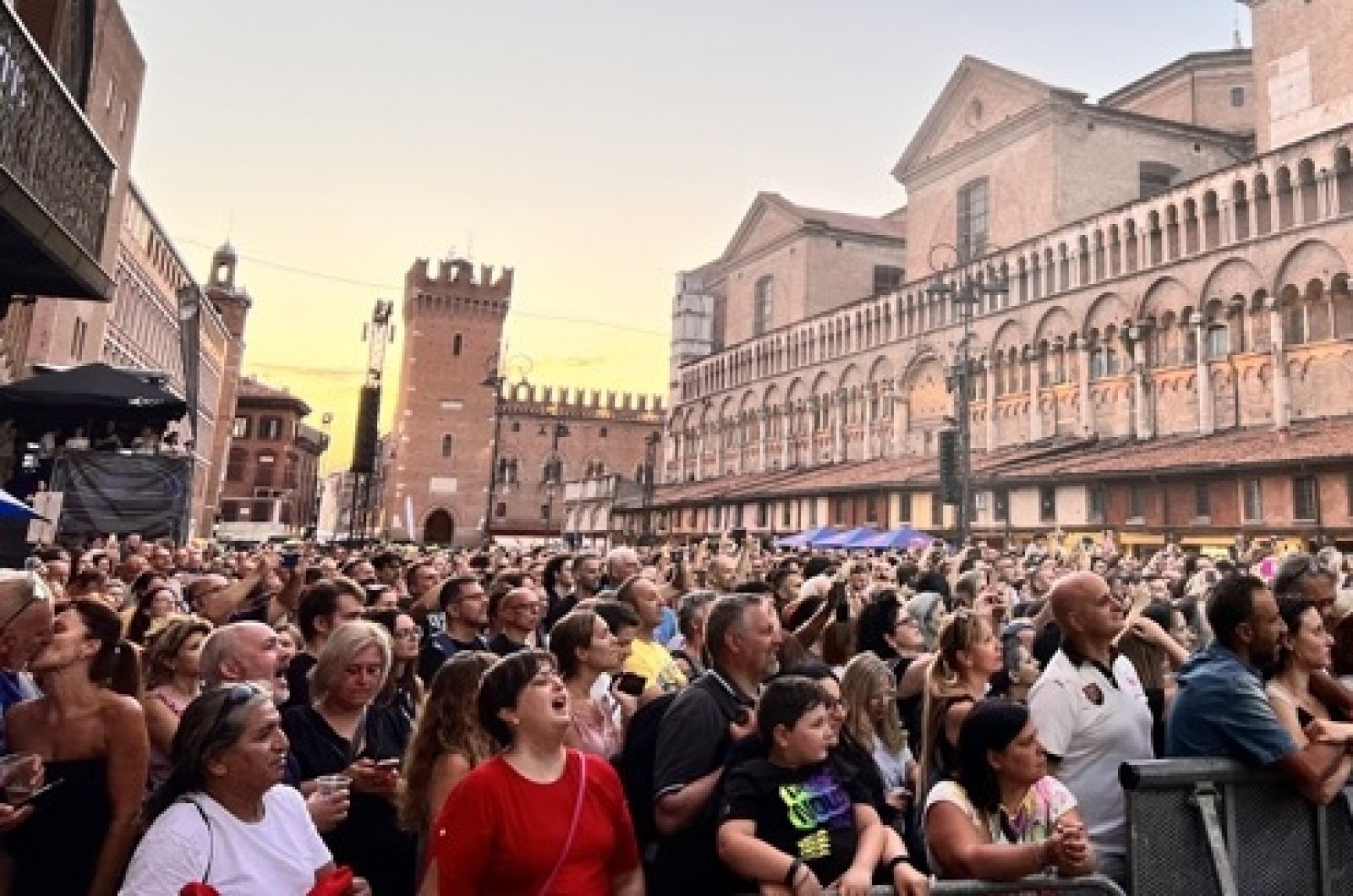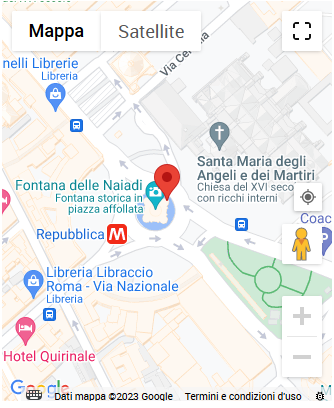Potrebbe interessarti anche

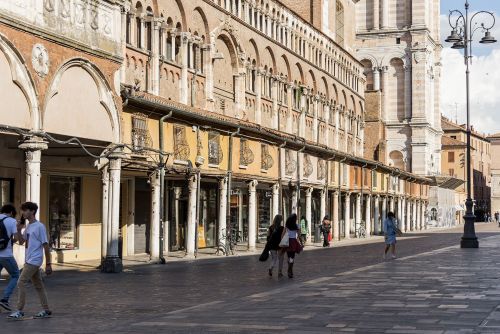
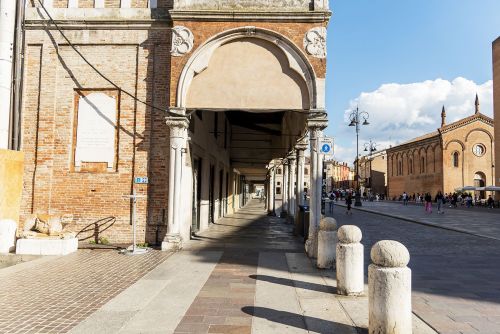
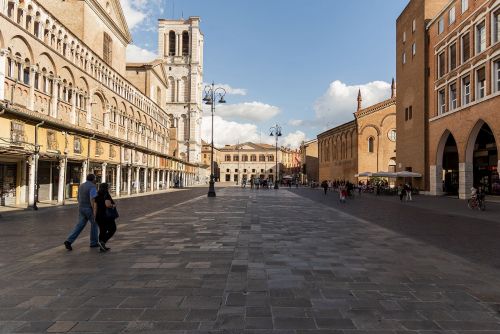
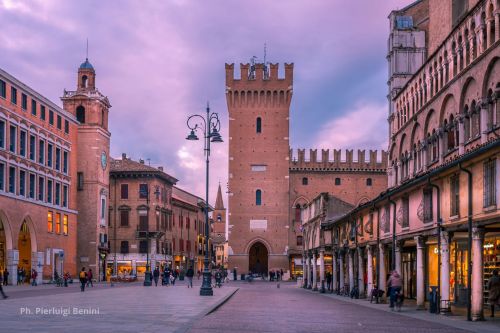
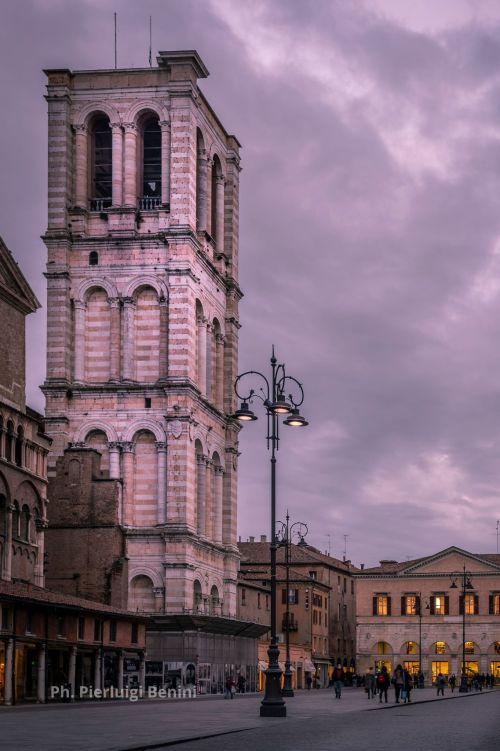
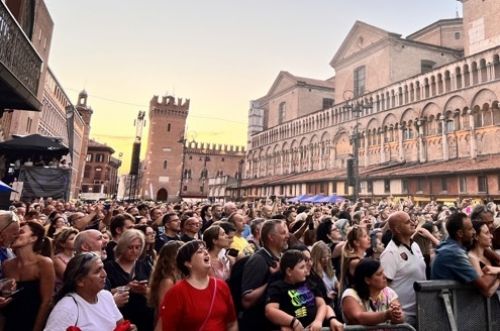
Piazza Trento e Trieste
Known and admired for its metaphysical aura, the Trento and Trieste square is the real star of the city, an unavoidable point of passage.
Enriched by the majestic Cathedral, the city's main square offers evocative glimpses from any angle you want to observe it. Fog is at home in Ferrara, especially in the winter period; nothing enhances the metaphysics of Piazza Trento e Trieste more than the thick Ferrara haze. Don't be bothered by our fog: often, by concealing, it can emphasize unique details and create breathtaking views.
Historical Notes
Formerly Piazza del Mercato delle Erbe, Piazza Trento e Trieste is the beating heart of medieval Ferrara. Its construction was contemporary with that of the Cathedral of St. George the Martyr, in the 12th century.
The loggia that lines the side of the cathedral reveals the ancient commercial purpose of the Piazza, which has always been a place of markets and exchange. The purpose of the ancient Loggia dei Merciai was precisely to provide order and shelter for commercial activities. Still today, several historical stores are located along the loggia.
To the side of Trento and Trieste Square stands the bell tower, one of the great unfinished buildings in the city. The original design of the tower is attributed to Leon Battista Alberti.
Just on the opposite side, in front of the bell tower, you will find the main facade of the church dedicated to San Romano – now deconsecrated – which houses the Cathedral Museum in its rooms.
From the square springs one of the most significant streets in the entire city, the historical Via Mazzini, the high street of what once was Ferrara’s Jewish Ghetto.
You may not know about...
THE LISTONE. What makes the square so striking, so metaphysical, is a very special architectural element. It might look like a huge sidewalk but this 120-metre-long and 12-metre-wide stone platform has a special place in the hearts of Ferrara residents and is commonly – and affectionately – called the Listone. It is a raised pavement typical of Venetian squares – an exception in this area! It is precisely on the Listone that the people of Ferrara stroll on Sunday mornings, bumping into friends and stopping for a chat. Just make sure you don’t slip!
THE ANCIENT CATHEDRAL GATE. Until the mid-1700s, the Cathedral could be accessed from the square through the Porta Dei Mesi, a gate decorated with tiles depicting allegories of the months that allowed direct access into the church. Later modifications and restorations damaged and destroyed the gate and what remains of this imposing entrance is now preserved in the Cathedral Museum. Along the path of the Cathedral Museum, however, are a number of panels depicting allegories of the months and their related agricultural activities.

